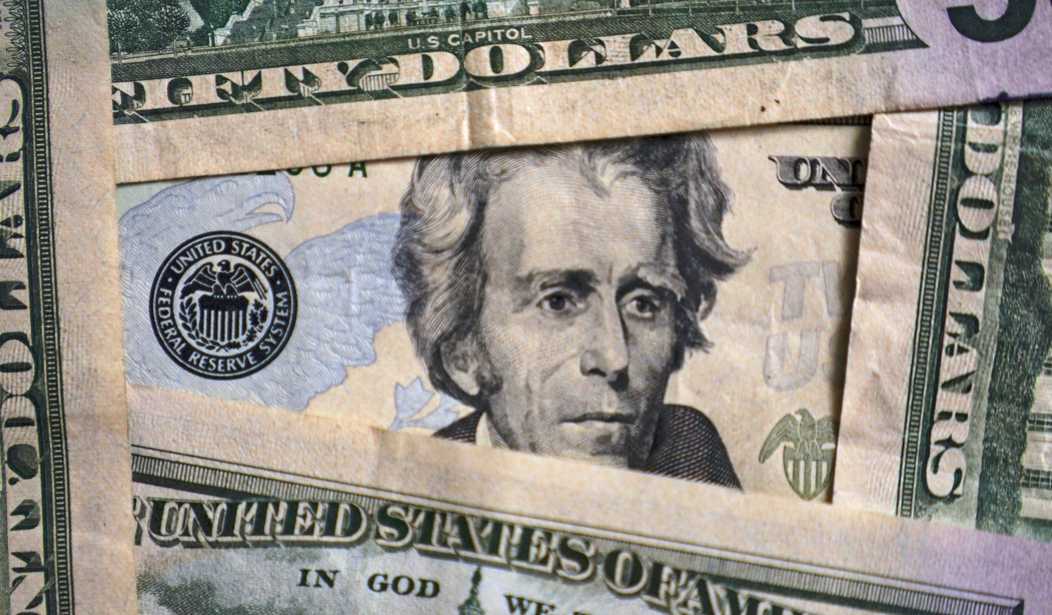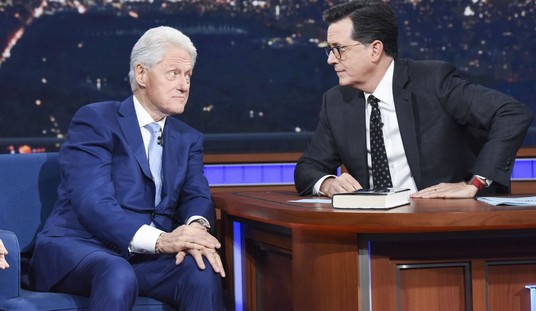Consumer prices rose an "unexpected" 3.1% in January, which is down from 3.4% in December but significantly higher than the 2.9% that was predicted.
Taking out the volatile food and energy prices, inflation actually rose 3.9% compared to last year.
The Federal Reserve Board has been very timid about cutting rates. This is the reason why. In past battles against high prices, the Fed has learned from hard experience that cutting interest rates too much, too soon, can start the inflationary spiral all over again.
“They were right to be patient, because this is the kind of number that is going to cast doubt on whether there really is a lot of deceleration in store for inflation,” said Omair Sharif, founder of Inflation Insights. “This is definitely a spooky number.”
Fed Chair Jerome Powell wonders if the moderating inflation numbers are real or a mirage.
“Is it sending us a true signal that we are, in fact, on a path — a sustainable path — down to 2 percent inflation?” Powell asked during his Jan. 31 news conference. “That’s the question.”
Two percent is the Fed's inflation rate target number. Obviously, we've got a long way to go before interest rates can come down significantly.
Shelter prices, which comprise about one-third of the CPI weighting, accounted for much of the increase. The index for that category rose 0.6% on the month, contributing more than two-thirds of the headline increase, the BLS said. On a 12-month basis, shelter increased 6%.
Food prices moved higher as well, up 0.4% on the month. Energy helped offset some of the increase, down 0.9% due largely to a 3.3% slide in gasoline prices.
Stock market futures slid sharply following the release. Futures tied to the Dow Jones Industrial Average were off more than 250 points and Treasury yields surged higher.
"Rents were up 6.1 percent from a year earlier, and some measures of shelter inflation actually accelerated on a month-to-month basis." reports the Times. Biden will try to sell the idea that we've turned the corner on inflation, but the Fed obviously doesn't think so. On food, housing, and services, the stubbornness of price increases in key sectors continues to dog the Fed's efforts to rein in inflation.
Recommended: First Post-Hur Report Poll: 86% of Voters Think Biden Is Too Old to Serve Another Term
Investors are now looking at June for the first significant rate cuts by the Fed.
A lot of the heat in today’s inflation data came from services, as this chart shows. Medical care, car insurance and airline fares all saw significant increases. Prices of physical goods, on the other hand, continued to moderate, and in some cases are falling outright.
On the downside, gas prices are climbing again. "According to AAA, the average cost of a gallon of unleaded gasoline was $3.23 today, 8 cents higher than a week ago and 16 cents higher than last month," claims the Times.










Join the conversation as a VIP Member